If you’re traveling through Nebraska, you might expect wide skies, quiet roads, and towns where everyone waves as you pass. But for some locals, the growing trickle of visitors has brought more than curiosity – it’s changed the rhythm of small-town life itself.
Can a place stay authentic when it becomes someone else’s destination? Read on to hear how discovery can turn to disruption, and why residents are asking visitors to look – and listen – a little closer.
Loss of Local Identity and Culture
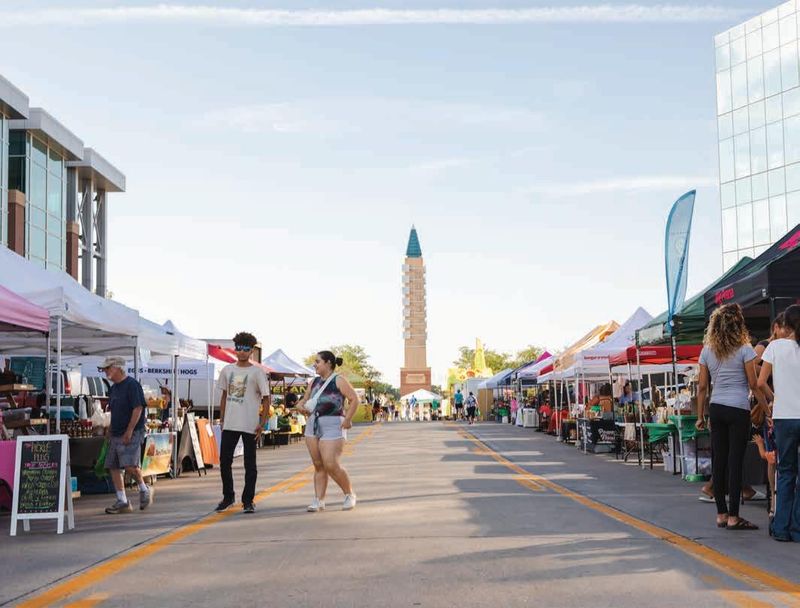
If you’re traveling through Nebraska, you’ll see parades, pie auctions, and street dances that feel timeless – until you notice the selfie sticks and merchandise tents. Locals say long-loved festivals have morphed into showcases, with schedules curated to fit visitor expectations and bus timetables. What once centered on volunteer fire halls and church basements now leans on hashtags and influencer itineraries.
In places like Red Cloud and Brownville, heritage becomes a stage set: authentic, but rehearsed. Elders who once picked the music now field branding questions; high schoolers learn to work a booth, not a tradition.
The community heartbeat isn’t gone, but it’s mic’d and mixed for a crowd. People wonder: if the show stops, does the culture return – or has the script replaced the story?
Rising Housing Costs and Changing Neighborhoods
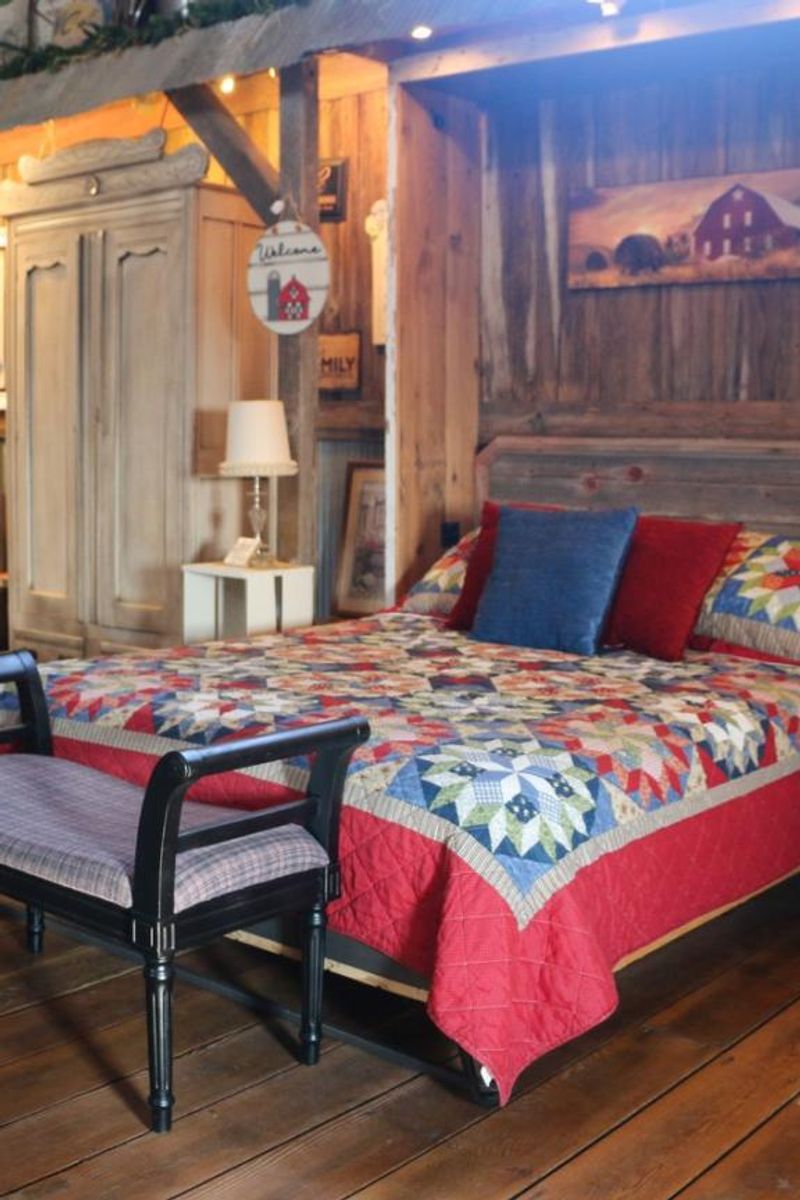
You might book a charming cottage near the river, not realizing it used to house a teacher or mechanic. Locals describe streets turned part-time: porch lights dark Monday through Thursday, driveways crowded on weekends. Short-term rentals lift property values – and monthly rents – beyond what service workers and young families can manage. Long-term neighbors move; new buyers stay seasonally.
In Valentine and along the Niobrara, once-familiar blocks feel like revolving doors. Teachers commute farther, while retirees face unexpected tax hikes. The town still looks tidy in summer, but winters tell another story: shuttered windows, empty sledding hills, a Main Street that echoes.
Residents ask for balance – caps on nightly rentals, incentives for year-round leases – not to stop visitors, but to keep communities living between weekends.
Overcrowding in Places Never Built for Crowds
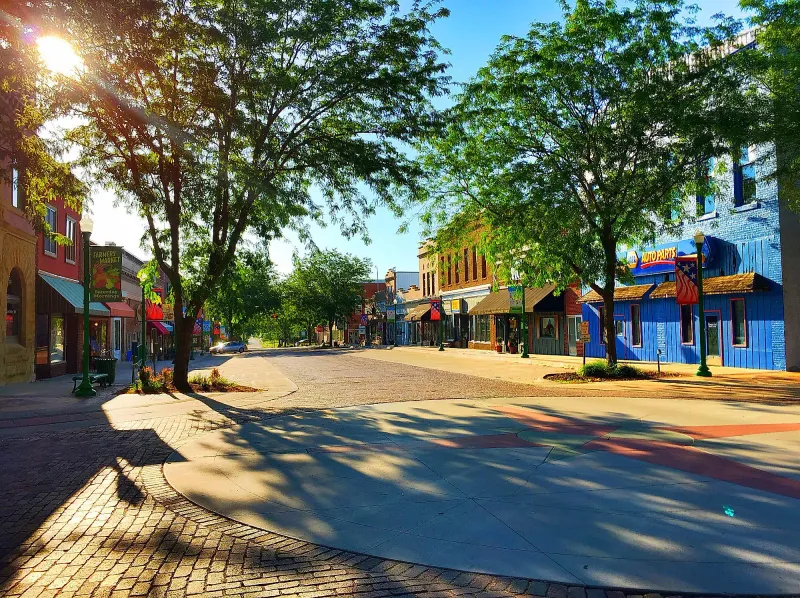
Small towns weren’t designed for bus caravans. Add a few dozen day-trippers and the diner that used to serve eggs at a linger now runs a waitlist. Parking spills onto church lots; Highway 2 shoulders become impromptu trailheads. Locals who once walked straight in for cinnamon rolls now plan breakfasts around traffic.
In peak sandhill crane season or at Toadstool Geologic Park, restrooms overflow, trails bottleneck, and a simple grocery run takes an hour. No one begrudges visitors the beauty – they just miss the ease. Town boards scramble for temporary cones, portable toilets, and volunteers to direct cars.
The worry isn’t just inconvenience; it’s safety on two-lane roads and wear on small bridges never rated for RV lines. Capacity isn’t a vibe – it’s infrastructure.
Strain on Local Resources
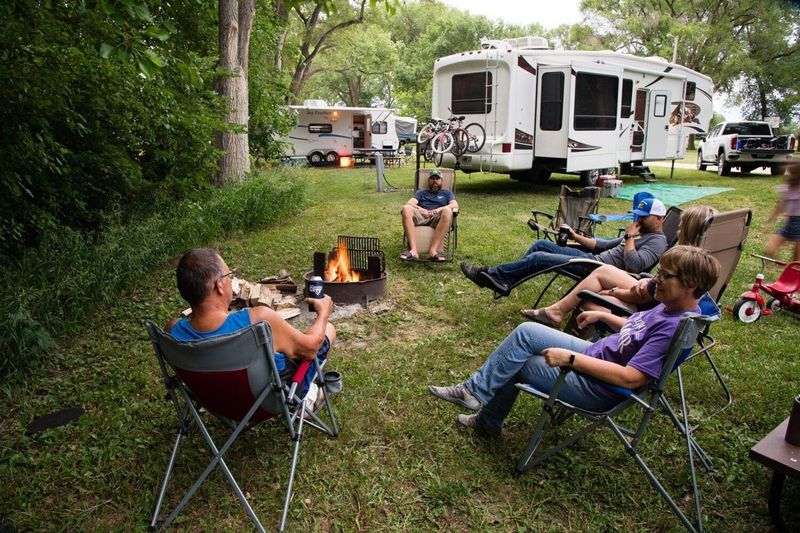
Out here, water isn’t background – it’s lifeblood. When hotels expand and campgrounds fill, gallons add up: showers, laundry, topped-off pools, and refilled RV tanks. Meanwhile, residents face summer watering restrictions and rising utility fees to fund upgrades their grandparents never needed. Small treatment plants push limits; trash pickup doubles on weekends; septic and sewer systems groan.
Grocery shelves clear before payday as visitors stock coolers. People don’t resent travelers hydrating – they resent being priced out of their own taps. Some towns consider visitor utility surcharges; others plead for common sense: shorter showers, pack-it-in-pack-it-out, refill stations over bottled water.
The message is simple and hard: hospitality is real, but it can’t outpace the aquifer, or the patience of the people living downstream of the rush.
Economic Leakage – When the Money Leaves Town
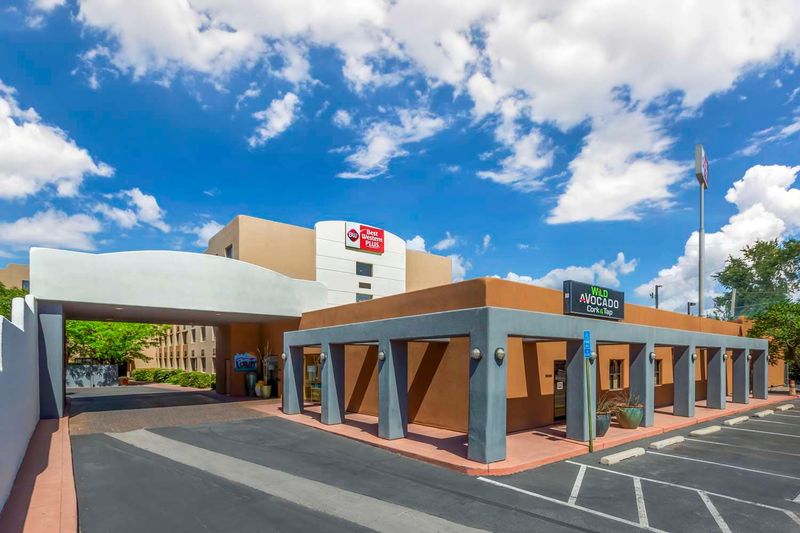
Tourism promises cash registers ringing, but locals notice who’s counting. Franchise hotels book up first; chain gas stations anchor the highway; booking platforms skim fees. Meanwhile, the café that sponsors the softball team gets the leftovers. When bus tours bundle meals, dollars bypass Main Street entirely.
Towns celebrate higher sales tax receipts, yet independent shops close by winter because margins never covered slow months. Residents argue for visitor itineraries that route to the mom-and-pop bakery, the feed-store-turned-gallery, the co-op that keeps teens employed.
Every dollar that sticks funds libraries, ballfields, and EMT gear; every dollar that leaks polishes a brand but drains a place. The fix isn’t anti-growth – it’s pro-local procurement, event vendor rules, and lodging taxes that actually come home.
Disruption of the Quiet Way of Life
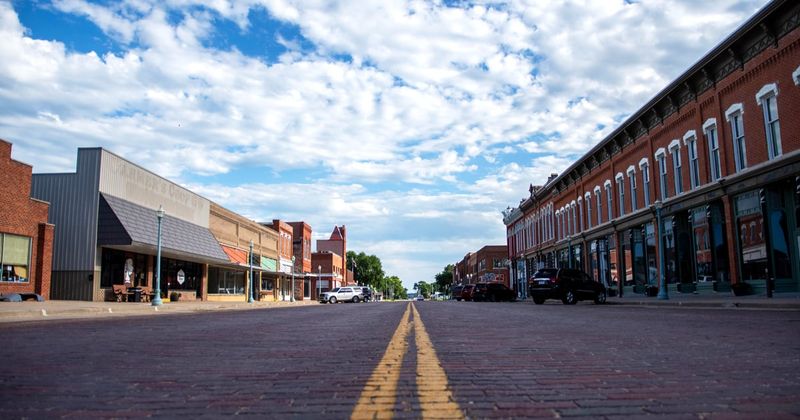
The quiet that lures you is the quiet locals live by. In Valentine, Red Cloud, and Brownville, weekends now feel performative: porch conversations paused as groups stroll by, camera shutters clipping sentences in half. The river sounds different with a dozen Bluetooth speakers; prairie nights glow with RV string lights.
Locals say they feel watched at the farmers market, as if their errands are exhibits. That midafternoon lull – when the grain elevator hums and nothing much happens – is where community breathes. Replace it with a schedule and you change how people rest, mourn, and celebrate.
Residents aren’t asking for silence, only respect: pause the drone, lower the voice, wave back, then let the moment be ordinary again. That’s the Nebraska you came for.
Seasonal Work, Year-Round Struggle
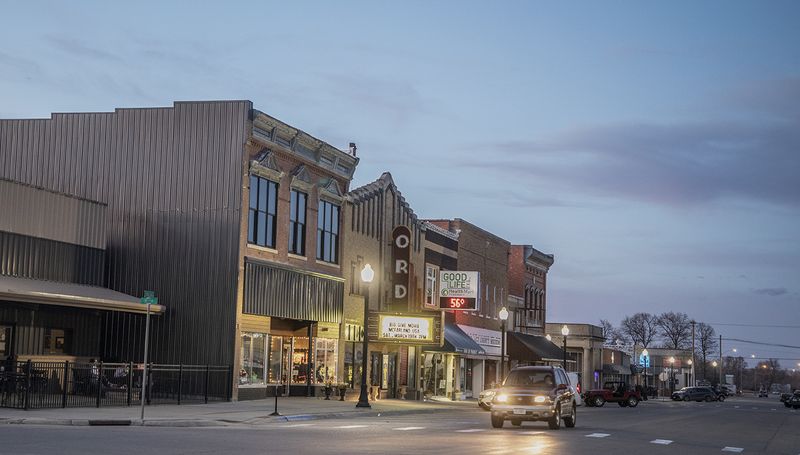
Tourism jobs arrive like summer thunderheads: loud, quick, and gone by fall. Students scoop ice cream, guides run river trips, and servers earn tips that don’t stretch to February. Benefits are rare; schedules shift with the weather. For young people who want to stay, piecing together winter income becomes a second job – or a bus ticket out. Employers can’t offer training when turnover resets each May.
Locals propose lodging-tax funds for off-season apprenticeships, childcare stipends, and trade programs tied to permanent work. Visitors can help by choosing businesses that pay living wages and return in the shoulder seasons.
A thriving town isn’t just busy in July; it’s stable in January, when classroom lights and clinic hours matter as much as scenic overlooks.
Increased Tension and Behavioral Issues
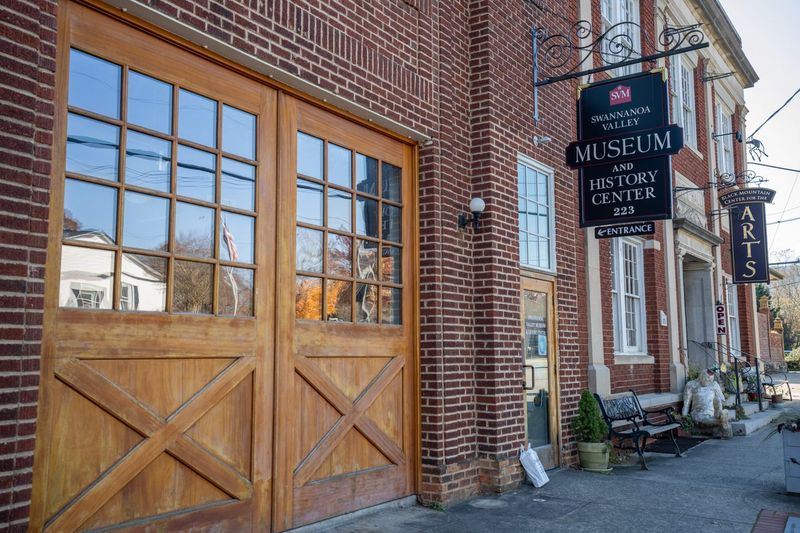
Crime stats may stay flat, but tension rises in more ordinary ways: midnight laughter echoing off brick storefronts, generators thrumming, headlights sweeping bedroom windows. Ranch gates left open, dogs spooked, trash bins overflowing after festival nights. Locals who once left doors unlocked now keep porch lights on and look twice at passing trucks.
It isn’t fear so much as fatigue – the drip of tiny discourtesies that wear down neighborliness. Towns respond with signage and volunteers, but etiquette can’t be posted into existence. Residents ask visitors to learn the rural code: slow near stock, pack out trash, mind quiet hours, ask before crossing a fence line.
Respect lowers the temperature faster than patrol cars can, and it travels farther than any brochure.
Locals vs. Visitors – A Growing Divide

“We’re not a postcard,” one resident says, watching a bridal party pose under a fading mural. Tourists arrive seeking small-town charm; locals feel cast as background actors. Social media widens the gap: curated reels flatten lives into aesthetics – enamel mugs, rusty pickups, prairie sunsets – without the mortgage or the graveyard behind the church.
Conversations harden: complaints become caricatures, and hospitality feels transactional. Bridging that divide means face time, not screen time. Shopkeepers introducing makers by name. Visitors asking questions, not just for menus but for stories.
Community boards inviting input before the next “heritage” rebrand. Charm isn’t staged; it’s earned in relationships that outlast a weekend. When both sides show up human-first, the algorithm loses and the town breathes easier.
When Tourists Come First
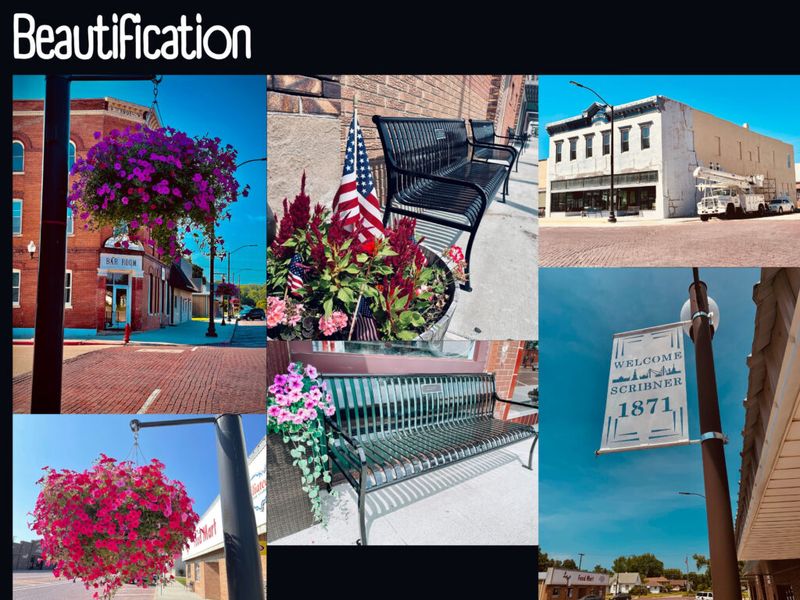
Fresh paint covers downtown brick, fairy lights twinkle over new patios, and the photos look great. But locals notice the potholes on the road to the clinic, the library hours cut, the ballfield lights flickering. Grants chase curb appeal while water mains wait.
It’s a bitter irony: the prettier the brochure, the harder it can be to live behind the image. Residents ask councils to flip the order – fix infrastructure, then frame it. Dedicate lodging taxes to sidewalks and childcare, not just murals and wayfinding.
Visitors can vote with receipts: choose places funding community services, tip well, and say something when glitz outweighs substance. A town that works for its people will always photograph beautifully; the reverse rarely holds for long.
Dear Reader: This page may contain affiliate links which may earn a commission if you click through and make a purchase. Our independent journalism is not influenced by any advertiser or commercial initiative unless it is clearly marked as sponsored content. As travel products change, please be sure to reconfirm all details and stay up to date with current events to ensure a safe and successful trip.